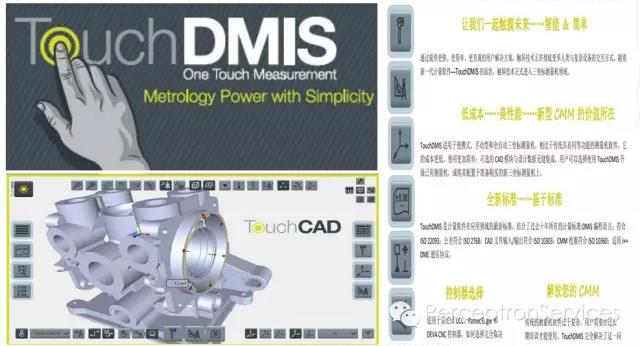

It’s like adding sides to a polygon until it is smooth enough for what you want. By adding U and V lines, the shape you are creating will be a lot less angular and thus smoother.


If the resulting shape is a little too rough, you can always go in and increase the grid values for smoother transitions between grid panels. You can also move them using your arrow keys. Then you click and drag the nodes on the grid to wherever you want them to be (see Figure 1, above). You start modeling by laying down a grid and positioning it in space. Touchcad says it is built around a five-dimensional (5D) concept, that’s length, width, height, and -um - unfolding? What they mean is that Touchcad is a 3D modeler that maintains parametric unfolding properties for everything you create. If you don’t like what you see, you can change it.The shaded area is the material or cutting table.You drag the flat pattern in and rotate or otherwise position it to optimize placement. Touchcad 3.5 handles pretty much anything you throw at it - especially complex organic shapes.įig 2: You can select how you want Touchcad 3.5 to unfold your model’s surfaces. They usually handle only sheet metal and predictable shapes. There are other programs out there that do essentially the same sort of thing, but cost more and are much more specialized. Touchcad 3.5 is a 3D modeling program that specializes in breaking up and unfolding complex shapes so they can actually be made. How do you break up your shape into the flat pattern - and what if you need to apply an image to it? Impossible you say? Not for Touchcad 3.5 from Lundström Design. Pretty easy right? But your product isn’t a perfect sphere. They print a flat pattern, cut it out, then glue it all together to make the sphere. How are they made? They don’t print all those countries on a sphere you know. How many times have you needed to get a flat pattern of a complex freeform shape? It happens. The grid.This is a fast way to get in the ballpark when it comes to complex shape definition. TouchCAD 3.0 can be used for a wide range of tasks such as marine design, production of soft material based objects such as tents, blimps, inflatable objects, reversed engineering where copies of existing objects are being recreated, sheet metal objects, industrial and architectural design, sculptures, etc.Fig 1: When you create a surface in Touchcad 3.5, it can be shaped by pulling and pushing directly on The TouchCAD 3.0 unfolding engine contains many parametric features such as individually adjustable overlap widths, double or single-sided overlaps, alignment/strike-up marks, object and vertex ID's, cutting and plotting coordinates, adjustable unfolding resolution and direction, adjustable merging points between sub-panels, direct export to DXF for use with most CAD-programs,VectorWorks (VectorScript), Adobe Illustrator (and compatible programs), etc. The toolbox includes many basic shapes such as lines, polygons, curves, rectangles, double lines, points, cubes, surfaces, tubes, T-tubes, spheres, rectangle to circle extrusions, and tools for extrusion, lofting, path extrudes, sweep/revolve, etc.
#Touchcad free
The TouchCAD 3.0 modeling engine provides advanced free form 3D modeling based on 3D-math curves. TouchCAD 3.0 is a combined 3D modeling and unfolding program focusing on the ability to generate complex 3D shapes and converting them into physically buildable models.


 0 kommentar(er)
0 kommentar(er)
